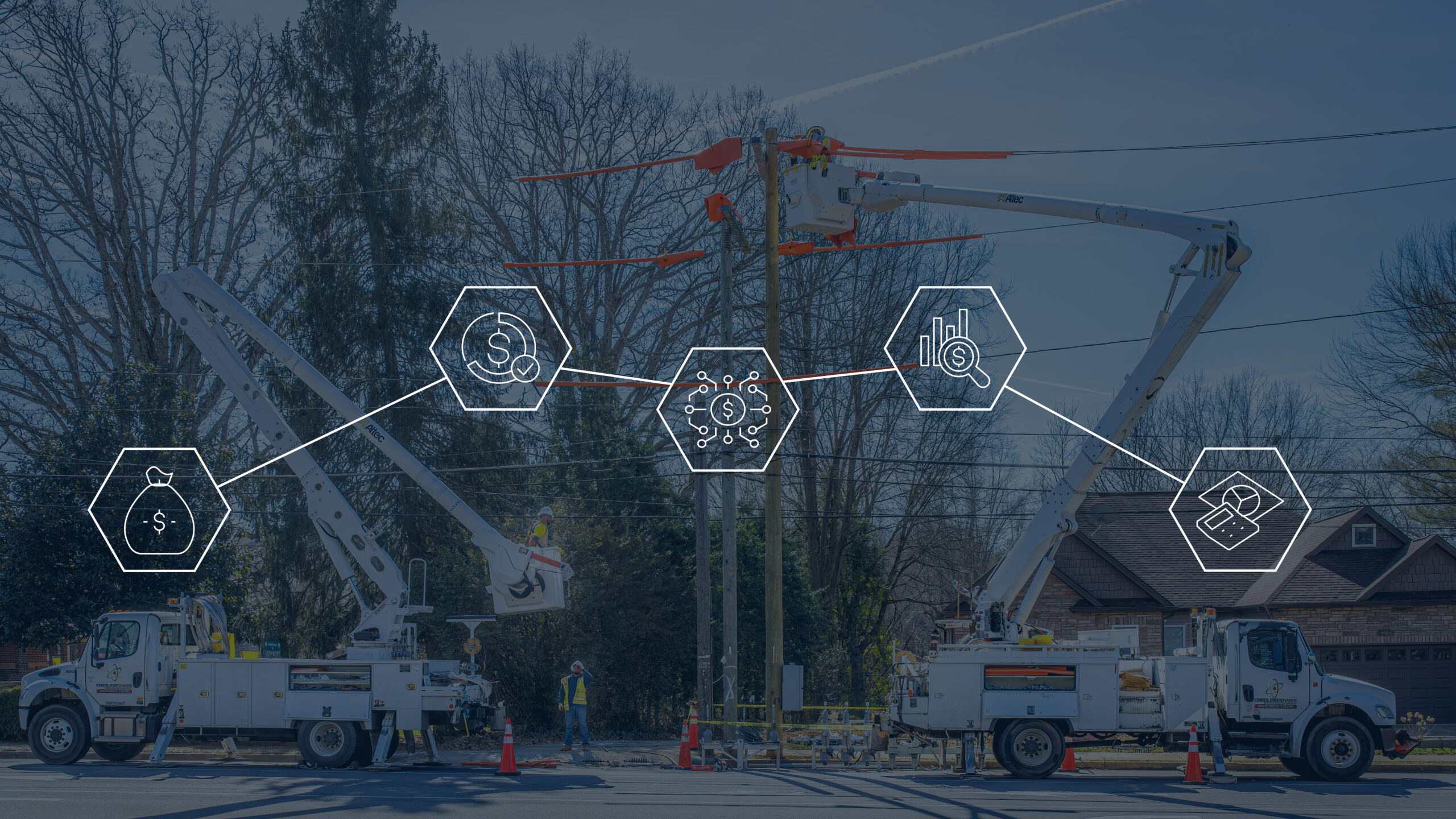
Why Should Fleets Use Telematics to Track EVs?
Telematics is a powerful tool for fleet managers to collect real-time data from all their vehicles. These brand agnostic solutions connect fleets of all sizes and allow managers to track vehicle location, driver behavior, and monitor engine diagnostics remotely.
So, what are the benefits of using telematics specifically in electric vehicles? Telematics can amplify fleets’ sustainability efforts and provide the data to track success.
Are there any EV-specific benefits to telematics?
The benefits of connecting a fleet with telematics are pretty much indisputable. With such a deep collection of vehicle and driving insights, managers can dig into data to identify waste reduction opportunities and optimize performance. However, as many switch to electric vehicles they are wondering, are telematics just as useful for EV fleets? And, if so, in what ways?
Gauging EV suitability
Electrification seems to be the go-to answer for how to help fleets go greener. However, without trustworthy data to compare results, managers are left to blindly assume that this is true.
Telematics can help ease fleets into a total EV transition by giving managers the option to compare performance between a tester group of EVs and the rest of their vehicles. With EVs being such a costly investment, this adoption strategy can potentially save millions of dollars. Ultimately, it gives fleets to see what works best for them with far less risk.
Alleviating range anxiety
One of the biggest deterrents from electric vehicle adoption is the added pressure of range anxiety. Telematics tracking can help fleet managers to plan the most optimal routes for their drivers based on a vehicle’s capacity. They can also factor in the location of charging stations in case a driver needs supplemental charge during a shift.
This is comforting for drivers who might be new to EVs and worry about running out of charge while on the road. It also is useful in conserving energy, reducing carbon footprint and ensuring that you get the most out of a full battery charge. Additionally, managers can quickly locate their vehicles, check their current state of charge and decide whether the vehicle could make it to one more stop before returning to its charging station. On the whole, telematics simply facilitate communication between the vehicle and the fleet manager, leaving less room for missed opportunities.
Discouraging inefficient driving behaviors
Similar to with internal combustion engine vehicles, aggressive driving behaviors can burn up fuel faster. Implementing telematics into a fleet can quickly curb this, however, by providing real-time alerts and overall reports highlighting behaviors like speeding, harsh acceleration and other activities that can consume battery power quicker. Not only will this help managers ensure that their drivers are being safe on the road, but it can help with energy conservation in the long run.
Telematics reports can also aid in monitoring and preventing inappropriate idling, which can add up to hours of wasted battery power and electricity. Idling is also one of the heaviest contributors of carbon emissions in the transportation sector, so efforts to reduce daily idling are essential for sustainable practice.
Plan for charging in real-time
A connected fleet of EVs means access to an accurate state of charge for all your vehicles at the tap of a finger. This is useful for managers gauging whether vehicles will have sufficient range to complete a sequence of jobs or to change plans and add on another destination. Similarly, this feature is useful for planning at charging depots. If there is a limited number of charging stations, managers can quickly assess and prioritize which vehicles need to be charged first based on current state of charge and upcoming work schedule. Vehicles that won’t be needed immediately can wait to charge at a later time, while those that are needed sooner can receive priority.
It is possible for a fleet to have less charging depots on-site than EVs due to financial constraints or power availability in the local grid. In these cases, integrated telematics can be an immense help in smoothing out charging strategy and allowing for last-minute adjustments.
The bottom line
It’s clear how powerful of a tool telematics can be when it comes to optimizing fleet operations and strategy. By receiving insights from multiple data streams on a constant basis, fleet managers can have the fullest picture possible of their fleet to aid in decision making and tracking performance.
This is especially important as fleets around the world transition to partially or all-electric fleets. With such a major change underway, using telematics to keep tabs on where performance is thriving or lacking is essential for successful fleets.
If you’re interested in finding out more about telematics and the solutions that analyzing telematics data can provide, schedule a demo with a member of our analytics team today.

Lexi Sackett
Business Intelligence Manager
Lexi Sackett is a business intelligence manager at Utilimarc. She has grown with Utilimarc for the last five years – working closely with clients and specializing in telematics data analysis. See more from Lexi

